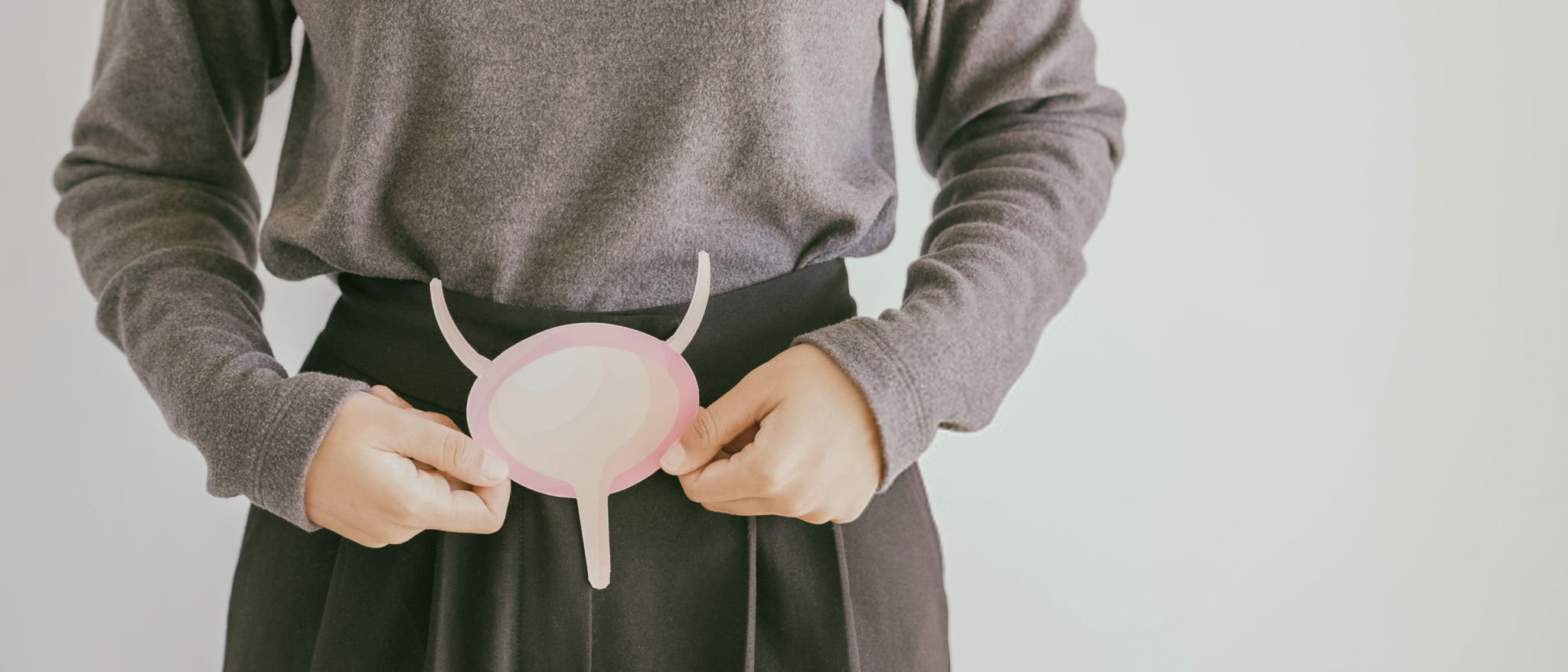More than half of all women will experience bladder issues during their lifetimes. But many still don’t know much about the organ and how to care for it.
“Bladder issues are common, but they shouldn’t be considered something that you have to live with,” says Dr. Edwin Thorpe, a medical director at BlueCross BlueShield of Tennessee. “Many effective treatments are available to improve bladder health and quality of life.”
Top bladder issues for women
1. Incontinence
Dr. Thorpe: Stress incontinence occurs when urine leaks during activities that increase abdominal pressure, such as coughing, sneezing, or laughing. This becomes more common after menopause due to weakened pelvic floor muscles and less bladder elasticity with the loss of estrogen.
Treatment options include:
- Pelvic floor exercises (Kegels)
- Physical therapy with biofeedback
- Surgery with or without medical support material (tape) installation
2. Overactive Bladder (OAB)
Dr. Thorpe: This causes a sudden, uncontrollable urge to urinate. It can lead to frequent bathroom trips and possible leakage. This is also referred to as urge incontinence.
Treatment options include:
- Bladder training (gradually delaying urination as recommended by or in consultation with your doctor)
- Reducing caffeine, alcohol, and spicy foods
- Pelvic floor physical therapy
- Medications, injections or nerve stimulation
3. Urinary Tract Infections (UTIs)
Dr. Thorpe: These are common in women chiefly due to the shorter urethra (about 1.5 inches compared to 8 inches in men). Symptoms include frequent urination, burning during urination, and pelvic pain. Females going through menopause are at increased risk of UTIs due to lower estrogen levels.
Treatment options include:
- Antibiotics
- Over-the-counter pain relievers for burning
- Estrogen therapy (for those going through menopause)
4. Interstitial Cystitis
Dr. Thorpe: This disorder affects the bladder and pelvic floor. Symptoms include feeling the need to urinate right away, needing to urinate often and pain during sex.
Treatment options include:
- Avoiding trigger foods (citrus, caffeine, spicy foods)
- Bladder training and physical therapy
- Oral medications or bladder instillations (medications which can be instilled in the bladder to help with voiding and to decrease pain)
5. Prolapse
Dr. Thorpe: Bladder prolapse happens when the bladder drops from its normal position and bulges into the vaginal wall. It’s more common after childbirth or with aging.
Treatment options include:
- Pelvic floor physical therapy
- Pessaries (medical devices that may help with bladder floor support)
- Surgical repair with or without medical support material (mesh) installation
Signs you may have a bladder issue
Dr. Thorpe: Females should see a doctor if they experience any of the following:
- Frequent UTIs (more than 3 per year)
- Painful or burning urination that doesn’t go away
- Blood in urine
- Feeling like you need to urinate often or urgently
- Leaking urine when you cough, laugh, or sneeze
- Feeling pressure or a bulge in the vagina
How to reduce chances of bladder issues
Dr. Thorpe: There are several things women can do to lower their risk of developing bladder problems:
Stay hydrated: Drink plenty of water to flush out bacteria and hydrate tissue.
Practice good bathroom habits: Don’t hold urine for long periods. Wipe from front to back to prevent bacteria from spreading.
Urinate after sex: This helps reduce the risk of UTIs.
Avoid irritants: Cut back on caffeine, alcohol and spicy foods if you have bladder sensitivity.
Do pelvic floor exercises: Kegel exercises strengthen the muscles that support the bladder and help prevent incontinence.
“If you are experiencing bladder issues, see your doctor,” says Dr. Thorpe. “Treatments are available that can minimize, if not completely address the issue.”
More from Dr. Thorpe on WellTuned
Get more information about specific health terms, topics and conditions to better manage your health on bcbst.com. BlueCross BlueShield of Tennessee members can access wellness-related discounts on fitness products, gym memberships, healthy eating and more through Blue365®. BCBST members can also find tools and resources to help improve health and well-being by logging into BlueAccess and going to the Managing Your Health tab.


